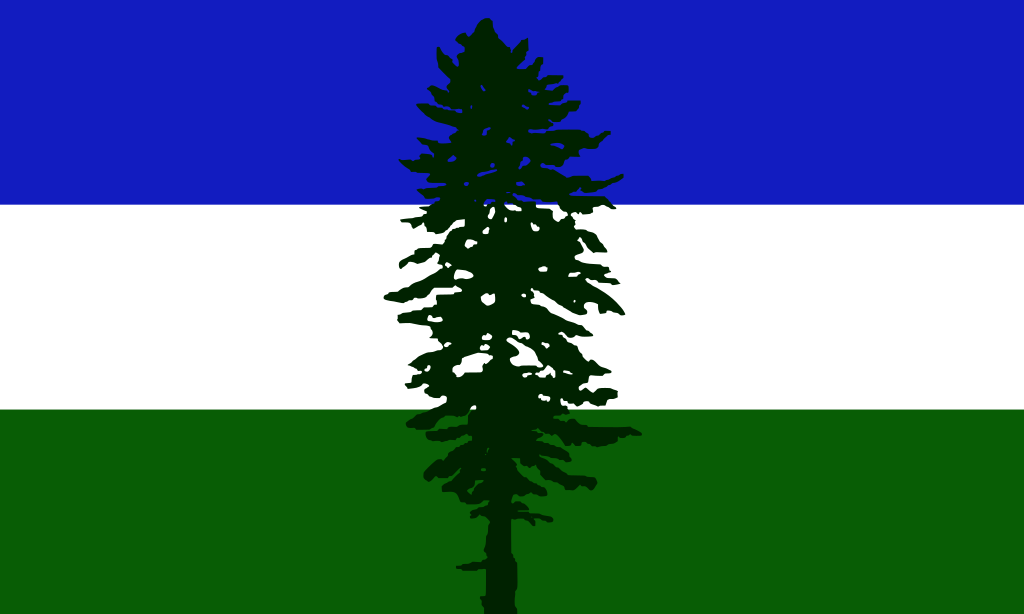It’s crazy that Iowa had as many area codes as California.
That is the lede. What were they thinking?
probably due to all the little towns, each having their own local exchange
Interesting, so the 305 area code used to be for all of Florida, but was then relegated to the Miami area. I wonder why Miami and not, say, Tallahassee?
When codes are added, the existing area code tends to stay with the major population center. For example, Washington’s 206 is now just for Seattle. The same happened with 801 for Utah/Salt Lake City, 612 for Minnesota/Minneapolis, 503 for Oregon/Portland, etc.
Fun fact: these area codes were assigned so larger population centers would have smaller numbers and therefore fewer “clicks” on a rotary phone. The easiest area code to dial, 212, was given to New York (yes, 111, 112, or 211 are easier but there were some other nuances that prevent that). Remember, 0 was after 9 so x0x area codes were typically assigned to the least-populated areas.
You’ll also notice that all area codes have a 1 or 0 in the middle. At the time, the next 3 numbers never had a 1 or 0 in the middle, so it would be a good way to help distinguish between area and… I think they’re called exchange codes?
Look up “North American Numbering Plan” if you want to nerd out more.
Yes — and the following three digits are called “exchanges”
And it looks like only single-area code states had 0 as their second digit

